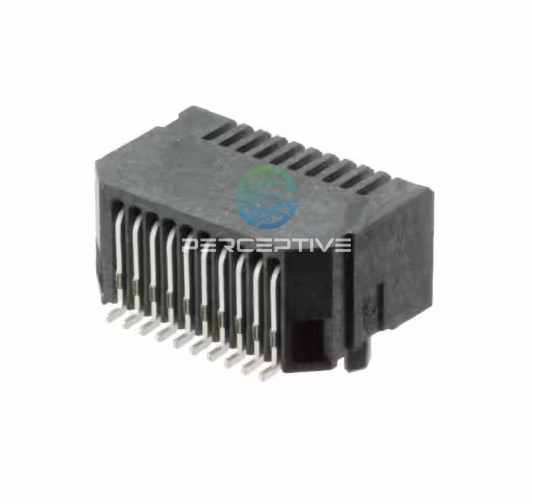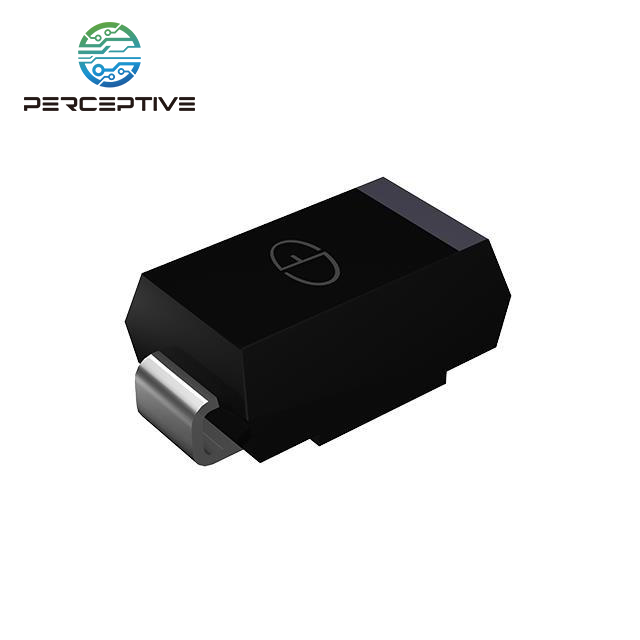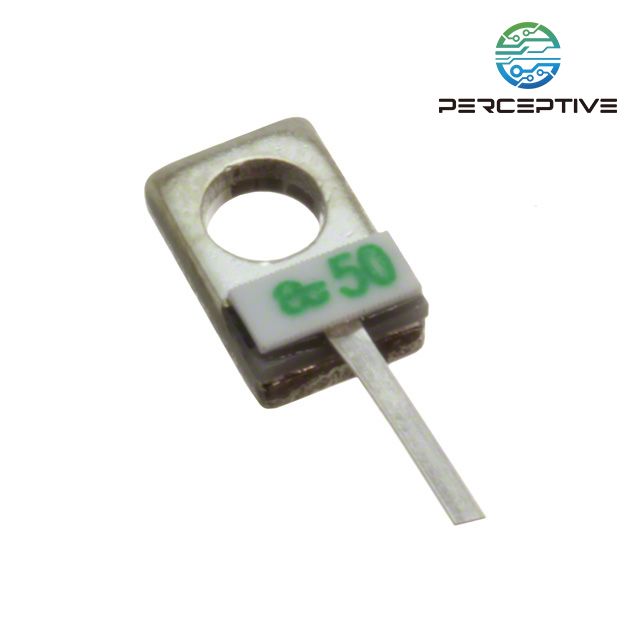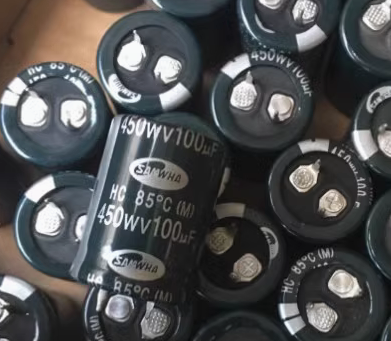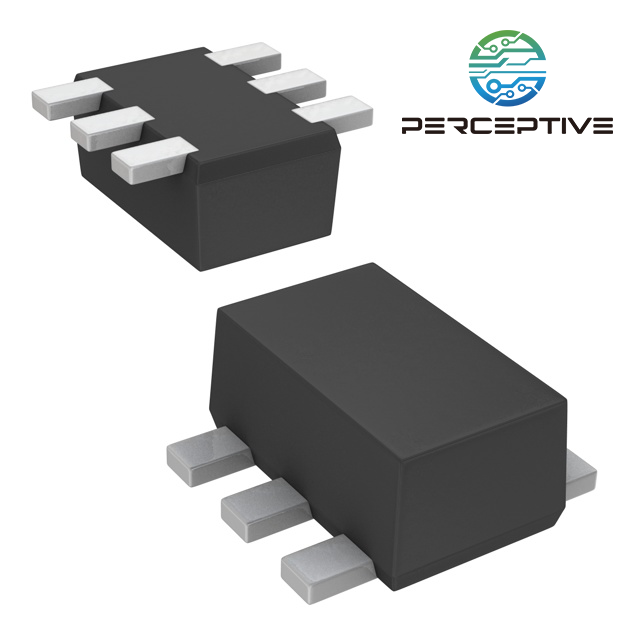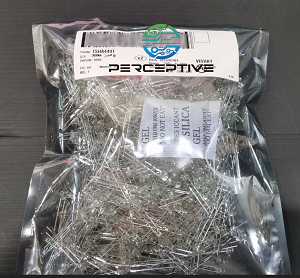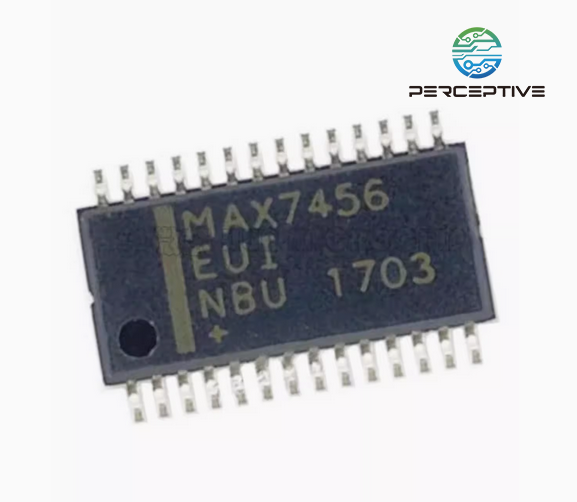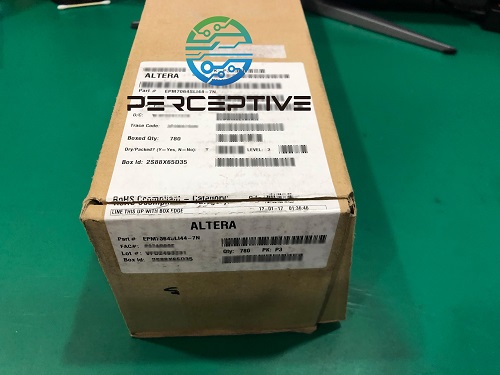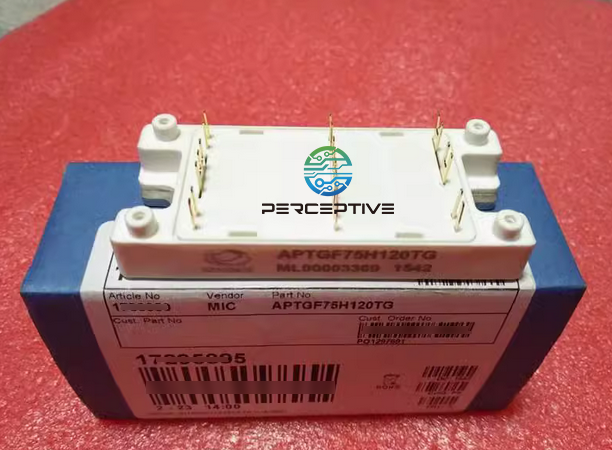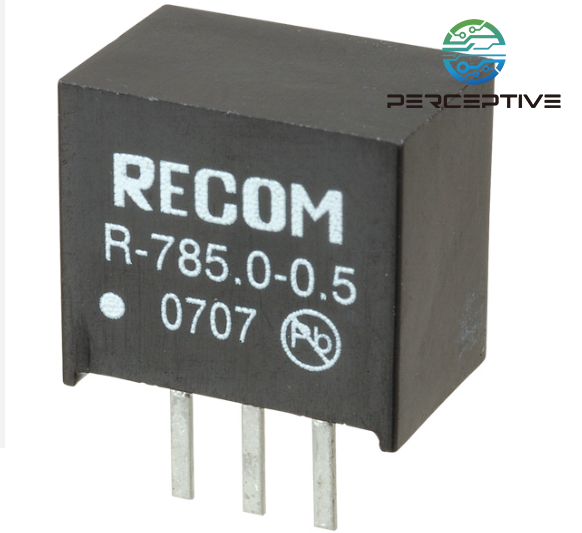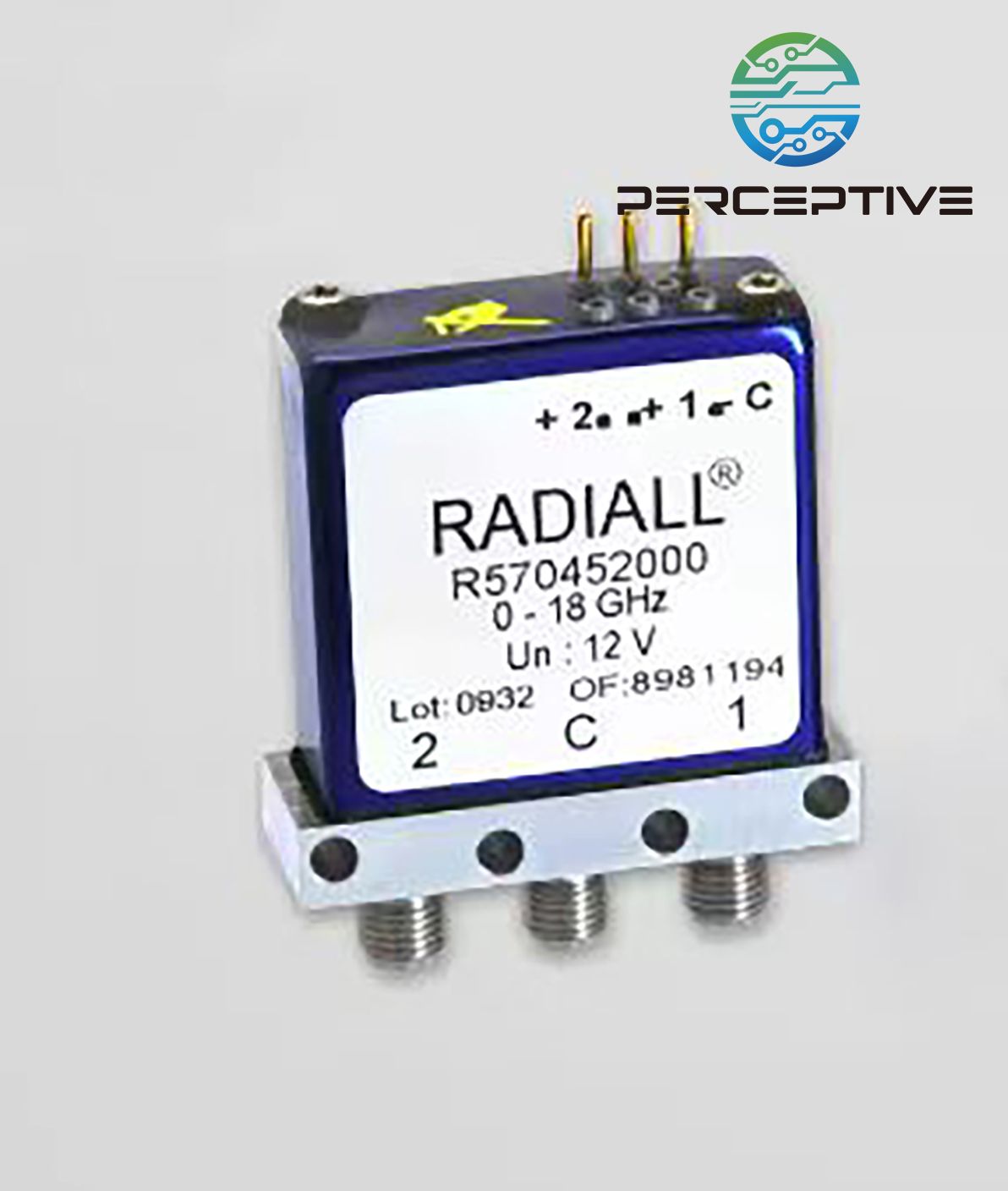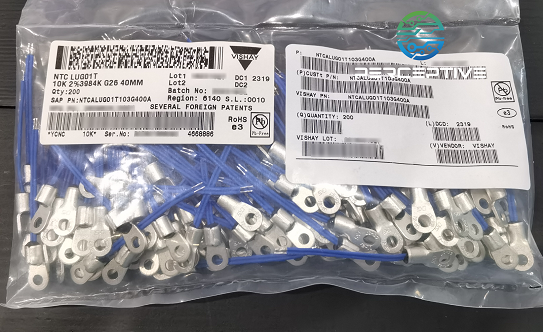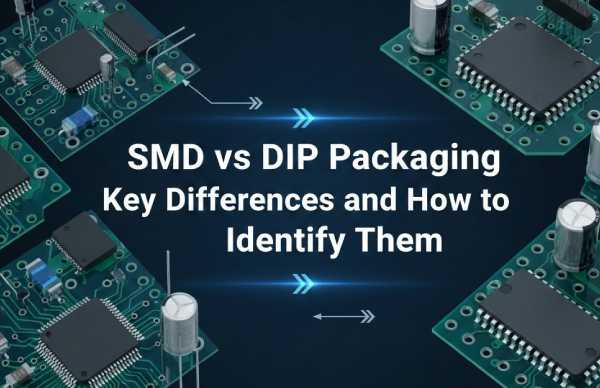In today's global electronics supply chain, counterfeit and unreliable components remain a persistent threat. A single batch of fake or substandard parts can lead to costly rework, warranty failures, and long-term damage to a company's reputation. To maintain trust and ensure product integrity, procurement and quality teams must be able to verify the authenticity and reliability of electronic components quickly and effectively.
Below is a practical, step-by-step approach designed for distributors, OEMs, and engineers who need a fast yet thorough verification workflow.
1. Check Supplier Traceability and Credentials
The first and fastest step is to confirm who you are buying from. Always prioritize Original Component Manufacturers (OCMs) or authorized distributors that can provide traceability documents. Check whether your supplier adheres to recognized standards such as AS6081 or AS5553, which outline best practices for counterfeit prevention and supply chain control.
If the supplier cannot provide a Certificate of Conformance (CoC), lot codes, or shipment traceability back to the manufacturer, treat the parts as high-risk. Building strong, transparent relationships with verified suppliers is the most effective first line of defense.
2. Conduct Rapid Visual Inspection
Before testing, use your eyes — visual inspection often reveals authenticity clues within minutes. Compare the physical appearance of the received components with the manufacturer's official datasheet and reference images. Pay attention to:
Markings and Logos: Verify that the printing is consistent, sharp, and positioned correctly. Blurred or off-centered markings often signal remarking or resurfacing.
Packaging and Labels: Genuine components come in standard ESD-safe reels, tubes, or trays with manufacturer logos, barcodes, and date codes that match documentation.
Surface Condition: Look for uneven coatings, bent leads, or signs of sanding and repainting — common tactics used by counterfeiters.
Maintaining a small "known-good" photo library of frequently used components helps your inspection team compare parts quickly and accurately.
3. Perform Basic Electrical Verification
Electrical testing is the fastest way to detect performance mismatches. Even a simple curve tracer or semiconductor analyzer can expose counterfeit or degraded parts within minutes.
Check basic parameters like diode voltage drops, transistor gain, or logic thresholds against the datasheet.
Test for shorts or opens between pins to catch internal bond wire failures.
If electrical readings significantly differ from the manufacturer's specifications, the component should be quarantined immediately.
4. Use Non-Destructive Analytical Methods
For high-value or critical components, non-destructive testing (NDT) offers additional confidence without damaging the part. Common rapid methods include:
X-ray inspection: Reveals internal die structure, bond wires, and anomalies from rework or cloning.
X-Ray Fluorescence (XRF): Checks the composition of terminal finishes and materials to detect plating inconsistencies or prohibited substances.
Scanning Acoustic Microscopy (SAM): Identifies voids, cracks, or delamination within encapsulation materials.
These methods are ideal for sample screening of suspicious lots and can often be completed within hours.
5. Apply Destructive Testing When Necessary
If non-destructive tests remain inconclusive, destructive methods like decapsulation or die verification may be required. By exposing the die, inspectors can compare its markings, layout, and metal layers against known authentic samples. This is a last-resort option — destructive tests are more costly and destroy the sample — but they provide absolute proof of authenticity when dealing with aerospace, defense, or medical-grade components.
6. Implement a Risk-Based Decision Process
After completing the above checks, classify the results using a simple risk scoring system:
Low risk: Verified source, documents match, visual and electrical checks passed.
Medium risk: Incomplete documentation but tests passed — quarantine until traceability is confirmed.
High risk: Any visual or electrical discrepancies, or suspicious supplier behavior — reject and report.
This consistent process ensures fast, traceable decision-making across purchasing and quality control teams.
7. Document Findings and Continuously Improve
Every inspection should be logged with photos, test results, and supplier details. Over time, this data helps identify recurring risks and weak points in your sourcing strategy. Reporting counterfeit incidents to manufacturers or industry watchdogs also contributes to global efforts to eliminate fake parts from the supply chain.
Regular training sessions for inspection staff, combined with digital verification systems and supplier scorecards, can reduce verification time and raise reliability rates across your organization.
Conclusion
Verifying the authenticity and reliability of electronic components doesn't have to be slow or complicated. By combining supplier traceability, visual inspection, fast electrical checks, and selective laboratory screening, companies can create a scalable verification process that protects production quality and customer trust.
At Perceptive Components, we emphasize transparent sourcing and multi-layer verification to ensure every component delivered is authentic, traceable, and ready for mission-critical performance.

